Rotations
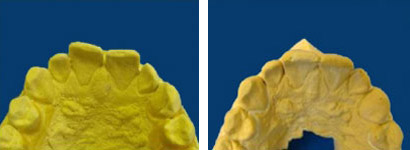
Correction of anterior rotations are the most common requests by patients considering aligners. In resetting the anterior teeth it is feasible to correct up to 15 degrees of rotation change with a series of aligners.
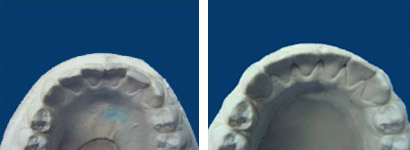
Rotations are affected by the amount and location of IPR done, both on individual teeth and the total arch. Typically teeth must have enamel removed before they respond to rotational changes introduced into the aligners.
Lingual / Labial Change
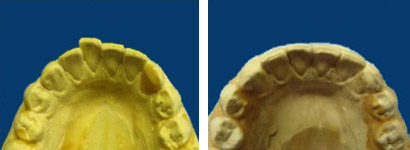
Lingual/labial movement is another correction we make with a large percentage of aligner cases. This movement usually involves tipping or flaring the crowns out to the labial and in some cases adding an element of torque to the roots.
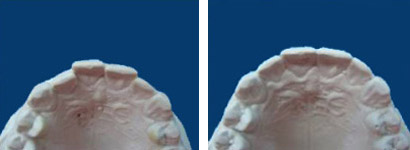
Lingual/labial movements also require IPR on a percentage of cases depending on how the overall arch form is modified. With anterior only alignment we do not have the option of expanding the arch to relieve crowding.
Space Closure
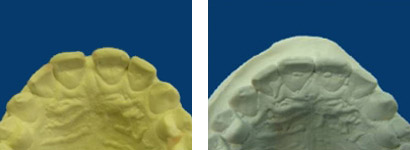
Clear Image Aligners are extremely effective at closing minor to moderate anterior spacing. The rate of movement with space closing strategies is more conservative compared to resetting the teeth for rotational corrections due to the necessary “stretching” required of the material.

We always request the lower model when resetting the upper teeth for space closure so we can check the overbite and overjet and make sure there are no interferences with the movements.
Other Movements
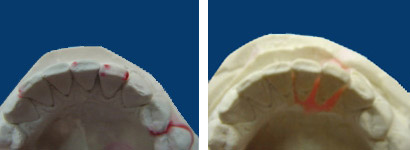
Over-corrections are generally limited to rotations of anterior teeth. These are typically introduced into the final aligner set-up and are viewed best from the occlusal.
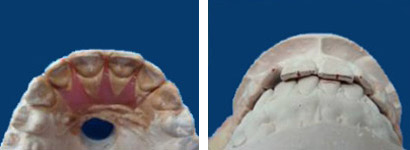
We always recommend sending upper and lower models so we can check the anterior occlusion when repositioning the teeth. Without the opposing model, it may be difficult to eliminate anterior interferences.


